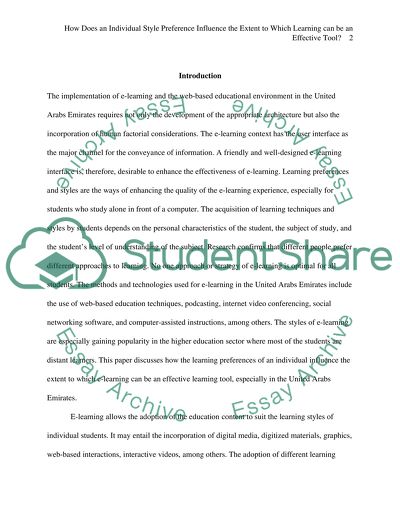Cite this document
(“E-learning Essay Example | Topics and Well Written Essays - 3000 words”, n.d.)
E-learning Essay Example | Topics and Well Written Essays - 3000 words. Retrieved from https://studentshare.org/human-resources/1683746-e-learning
E-learning Essay Example | Topics and Well Written Essays - 3000 words. Retrieved from https://studentshare.org/human-resources/1683746-e-learning
(E-Learning Essay Example | Topics and Well Written Essays - 3000 Words)
E-Learning Essay Example | Topics and Well Written Essays - 3000 Words. https://studentshare.org/human-resources/1683746-e-learning.
E-Learning Essay Example | Topics and Well Written Essays - 3000 Words. https://studentshare.org/human-resources/1683746-e-learning.
“E-Learning Essay Example | Topics and Well Written Essays - 3000 Words”, n.d. https://studentshare.org/human-resources/1683746-e-learning.


